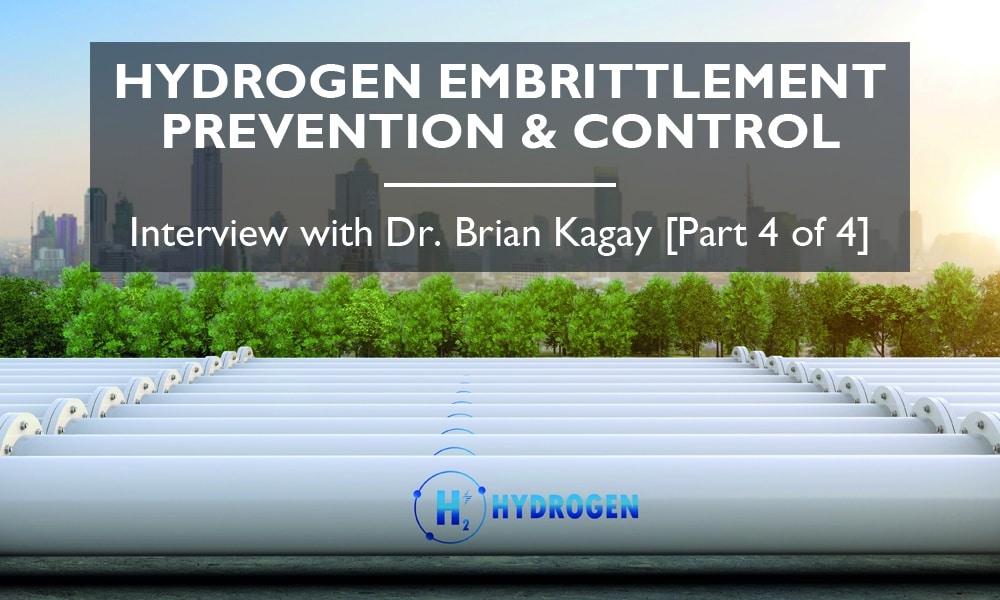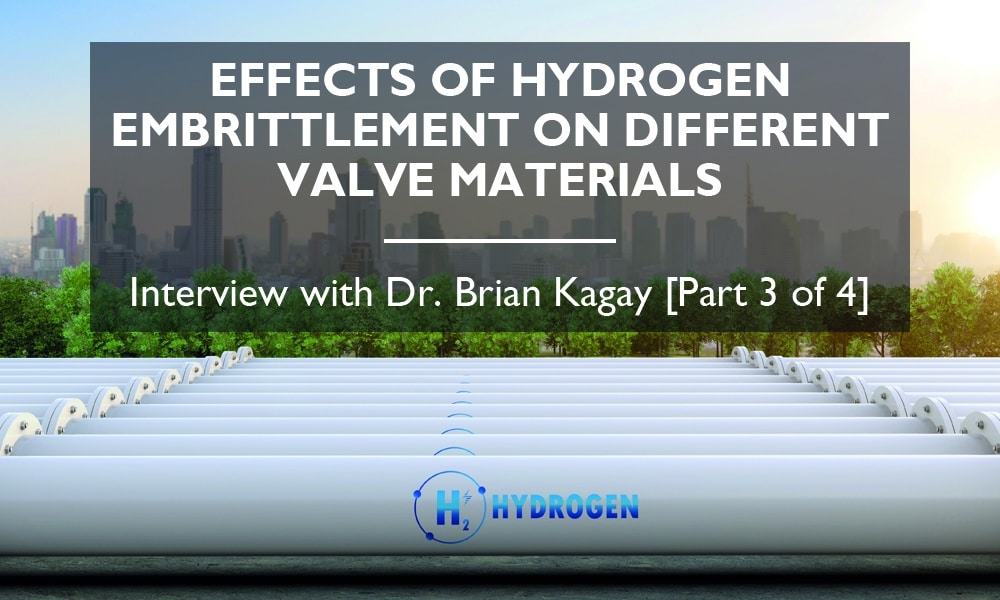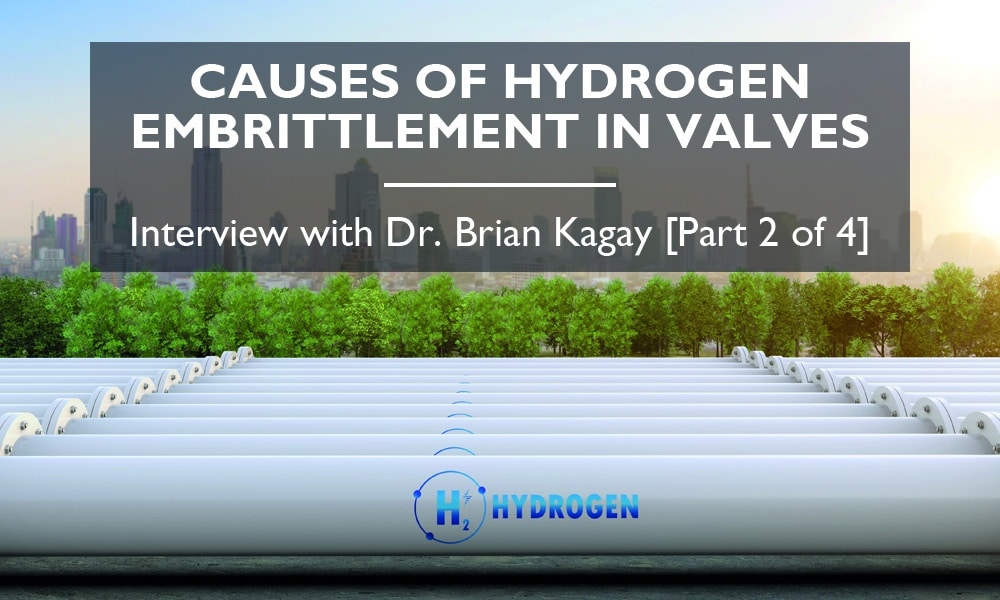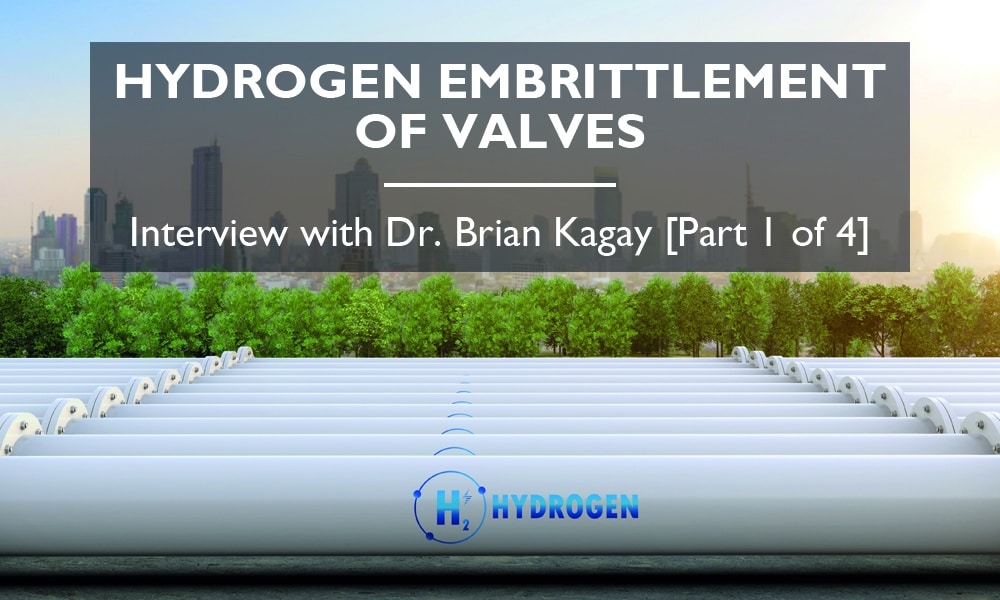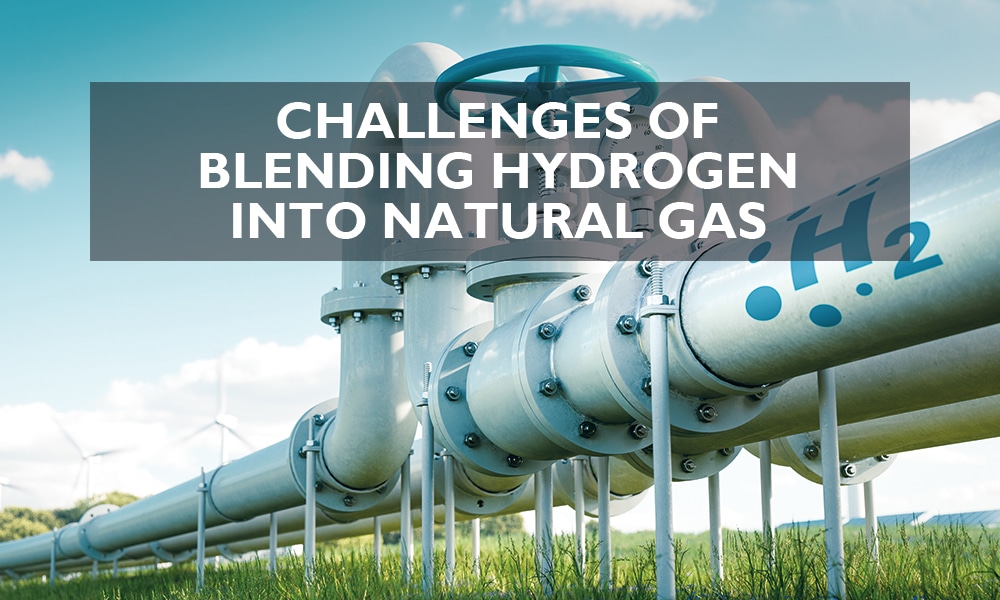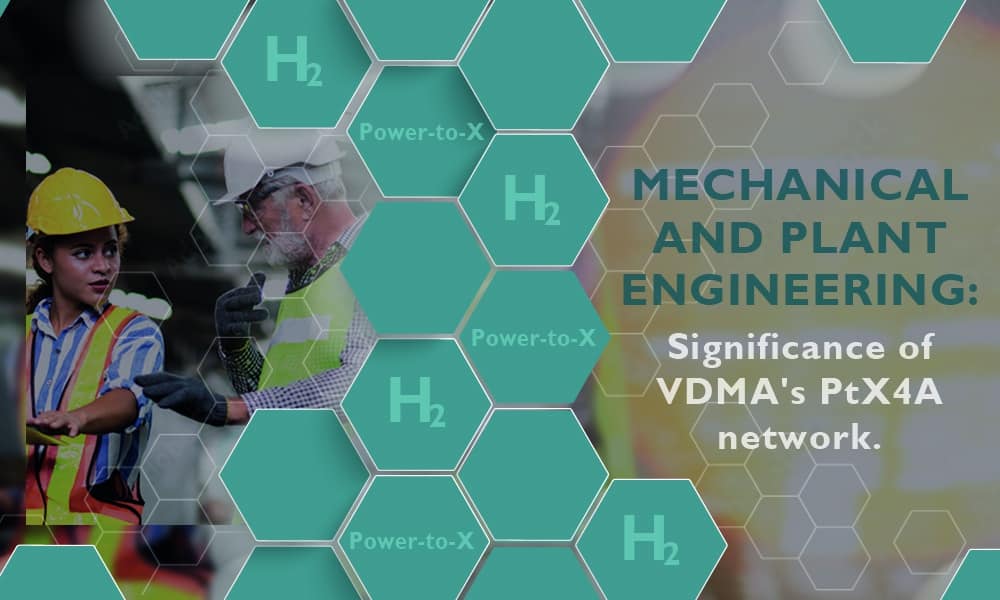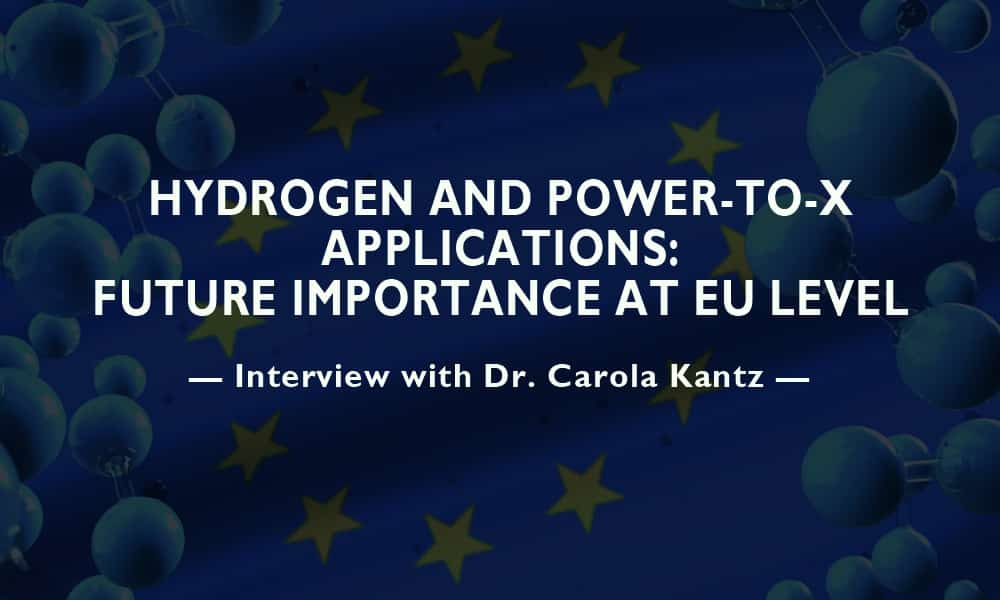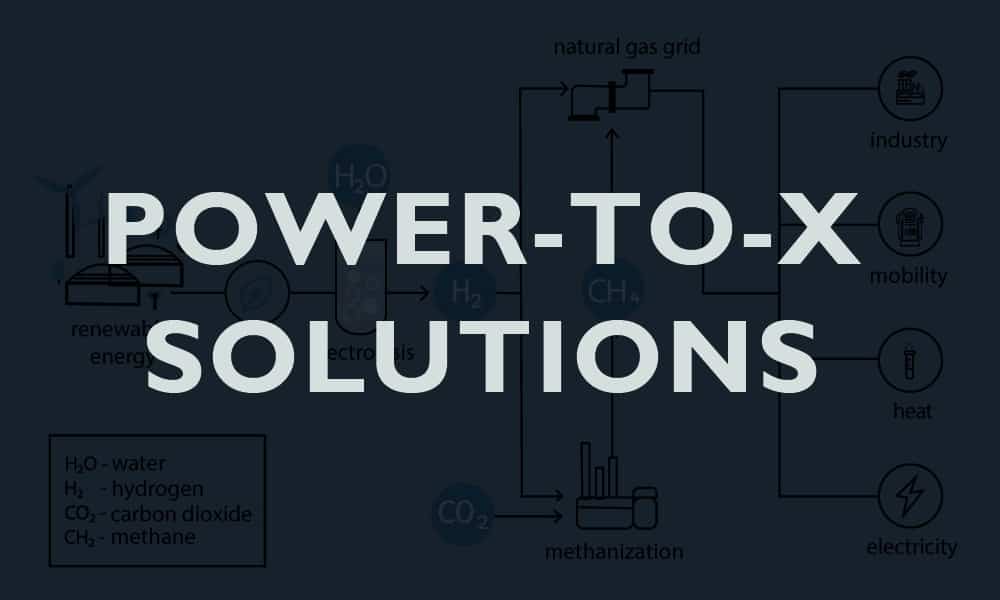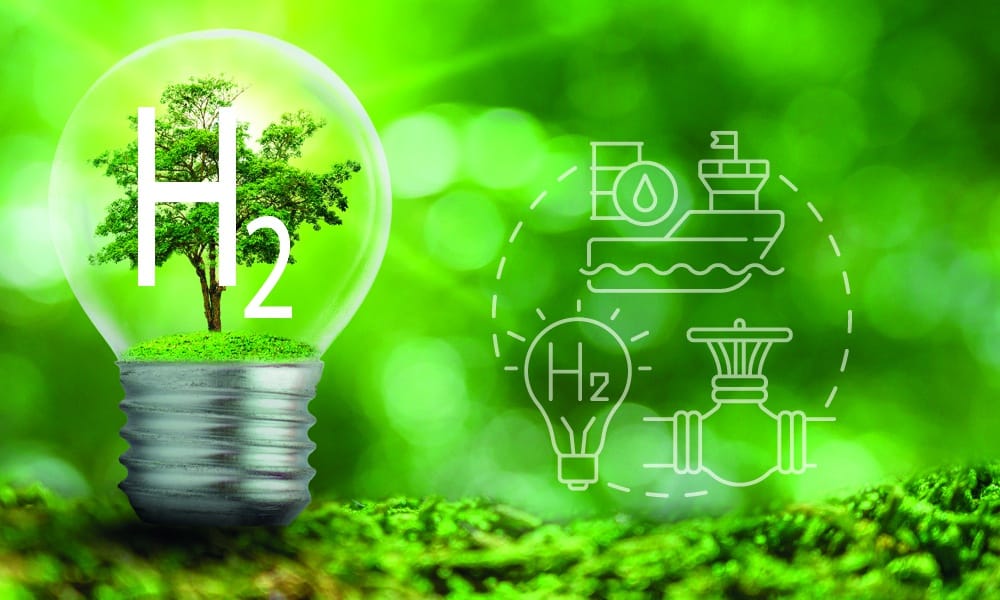At last, we reached the final delivery of our hydrogen embrittlement series. In part IV, we continue our interview with Material Testing Institute’s expert, Brain Kagay. Before, in part III, he shared precise insight into the effect of hydrogen embrittlement in different materials (metallic and non-metallic). Now, he’s disclosing more vital information relevant to the future blended operations of natural gas-hydrogen to be held in Germany’s existing grid and what’s next for research of hydrogen effects on materials.
Continue readingEffects of hydrogen embrittlement on different valve materials [Part 3 of 4]
Here is the third part of our hydrogen embrittlement series with special guest Materials Testing Institute’s expert Brian Kagay. In part II, we addressed the causes of hydrogen embrittlement in valves. So, naturally, in this installment, our conversation flowed toward the effects of embrittlement by H2 in different types of valve materials.
Continue readingCauses of hydrogen embrittlement in valves [Part 2 of 4]
Welcome to the second delivery of our hydrogen embrittlement series. In this follow-up piece, our talk with Materials Testing Institute’s expert Brian Kagay turns to a new topic that complements part I’s basics of H2 embrittlement and its effects on valves. Here, the focus is on the causes behind valve embrittlement by H2. We also go over the enabling factors, how they impact the welding process, and the ways to spot affected materials.
Continue readingIs hydrogen embrittlement a threat to valves? Get the answer here! [Part 1 of 4]
Germany is hard at work on becoming a decarbonized region. The country found a scalable solution in hydrogen that favors all parts—the environment, citizens, and industries. To get the H2 initiative started, the government, with the help of the scientific community, is developing several macro projects. The first phase focuses on blended operations that lead to the controlled addition of hydrogen into the existing natural gas grid infrastructure.
Under such a novel context, it is natural to inquire about the potential implications of gas blending. How can the addition of hydrogen affect the existing systems? Is hydrogen embrittlement of materials a possibility? What are the causes? How to prevent it? These are rather important questions raised by plant operators. So, as valve manufacturers, AS-Schneider felt committed to taking action and finding answers. We sent our team to a one-on-one meeting with specialist Dr. Brian Kagay. His work in the prestigious Materials Testing Institute at the University of Stuttgart qualifies him as an expert in this subject. If you are a plant operator, you don’t want to miss out on what he had to say.
Continue readingChallenges of blending hydrogen into natural gas
We are about to enter a new industrial age. The age of blended gaseous fuels! Blended fuels generate when mixing hydrogen with natural gas in the existing grid. Above everything, blending is an urgent trend seeking to speed up the current decarbonization plans to stop climate change. To bring context to today’s status, we have gone on a detailed research and compiled relevant information from different external sources that comes in handy to prepare for the blending future now.
Continue readingWhat is the significance of the VDMA network “Power-to-X for Applications” for mechanical & plant engineering?
This year marks the 130th anniversary of the Mechanical Engineering Industry Association (VDMA). A one-of-a-kind group uniting the mechanical engineering industry. In celebration, we talked to a dear colleague and member of the VDMA network “Power-to-X for Applications”, Björn Bofinger.
Get ready to be surprised by the enthralling insights he shared. If you don’t know much about the VDMA network “Power-to-X for Applications”, this is your intro! Now, let’s find out how the network supports the mechanical and plant engineering industry in meeting today’s and tomorrow’s challenges when it comes to power-to-X applications.
Continue readingFuture importance of Hydrogen & Power-to-X in industrial applications at the EU level
Welcome to today’s interview! It features an insightful conversation I had with Dr. Carola Kantz, deputy managing director and a valuable member of the VDMA “Power-to-X for Applications,” on the future importance of hydrogen and Power-to-X (P2X) in industrial applications at the EU level.
The topic breaks down into four chapters and touches the core areas of interest with explicit description: (1) Hydrogen in the context of Power-to-X; (2) Legislations for climate protection; (3) Building a hydrogen economy; (4) Involvement of the mechanical & plant engineering sector.
Continue readingWhat are Power-to-X solutions?
This article provides an overview of the various Power-to-X solutions. It explains what is Power-to-X, why it is important for decarbonization and how it can be used for efficient utilization of variable energy sources. The various energy carriers that can be used to store renewable energy for later use, or for easier transportation, are summarized. The benefits and challenges of Power-to-X are discussed and examples of various solutions being implemented around the globe are presented.
Continue readingHydrogen valves and typical application challenges
Modern hydrogen applications demand durable valves. Beside the challenges with the media hydrogen they also often have to operate reliably under high pressure or at extremely low temperatures. There are some challenges that the industries have to face. In this blog article, we describe relevant key data on hydrogen, hydrogen applications and hydrogen valves.
Continue reading

